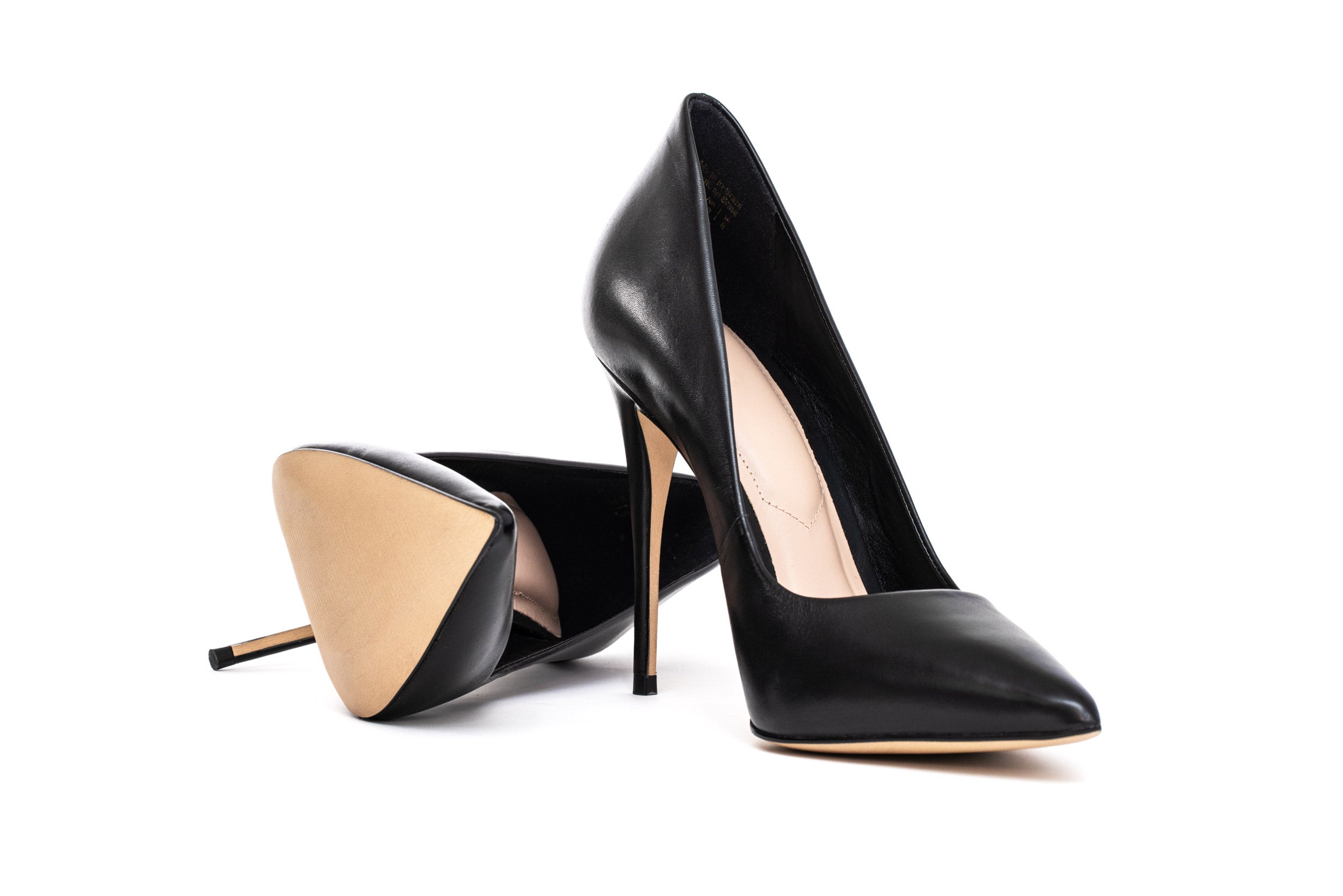
In a talk with Harvard Business School’s Max Bazerman, UNC organizational behavior expert Sreedhari Desai shared insights from her research on gender and workplace dress codes.
iStock
Tracking the effects of high heels at work
Research promises broader insights on gender inequality, professor says
Stilettos, pumps, kitten heels, or ballerina flats: shoes are both a practical necessity and a semi-serious passion for many people.
Women know that they’re judged by their clothes, but even their choice of footwear influences how they’re perceived at the office, according to Sreedhari Desai, an associate professor of organizational behavior at the University of North Carolina’s Kenan-Flagler Business School, who shared insights from research on the effects of what women wear at work in a recent discussion with Harvard Business School’s Max Bazerman. The event was sponsored by the Program on Negotiation at Harvard Law School.
Desai explained her interest in a topic some have dismissed as frivolous, arguing that because women’s high heels are so ubiquitous and loaded with powerful cultural meanings, they offer scholars “a keyhole … through which we can examine the broader issue of how gender inequality is created or re-created and maintained over time in organizations.”
Those cultural meanings are complicated. For some, heels are useful “power dressing” tools for climbing the corporate ladder that boost confidence and convey authority. For others, they signify conventional notions of femininity that encourage sexual objectification and diminish career prospects. In any case, high heels are still widely seen as the most professional choice for women in many lines of work, from luxury retail sales and the airlines to investment banks and courtrooms, Desai said. In some countries, including the United Kingdom, Japan, and Israel, companies can lawfully fire women for misconduct if they refuse to wear heels. In the U.S., employers can institute dress codes provided they are not overly burdensome on one gender group.
Desai and Bazerman during Wednesday’s talk.
Rose Lincoln/Harvard Staff Photographer

To see whether heels help or hinder women’s careers, Desai and her team conducted a series of studies to understand how people evaluated women across a number of dimensions and in a variety of work scenarios — leading a class, giving a presentation, interviewing for a job, taking part in a negotiation — with the only variable being whether the woman was wearing high heels or flats.
Time after time, women wearing flats were deemed more capable, more prepared, and earned higher evaluations from both men and women in their 20s through their 50s. In the case of a “masculine” job such as tech manager, the bias against high-heeled women held even when the other candidate’s shoes were not visible to observers.
There are variables that merit further study, including racial, national, and cultural differences, to see how they influence perceptions and whether observers rate men who wear heels or lifts in their shoes similarly, Desai said. “The important thing here is that across multiple sets of scenarios, we’re still seeing an effect,” she said, cautioning: “So, be cognizant that even small things like this can influence other people’s perceptions of you as a professional and an individual.”




